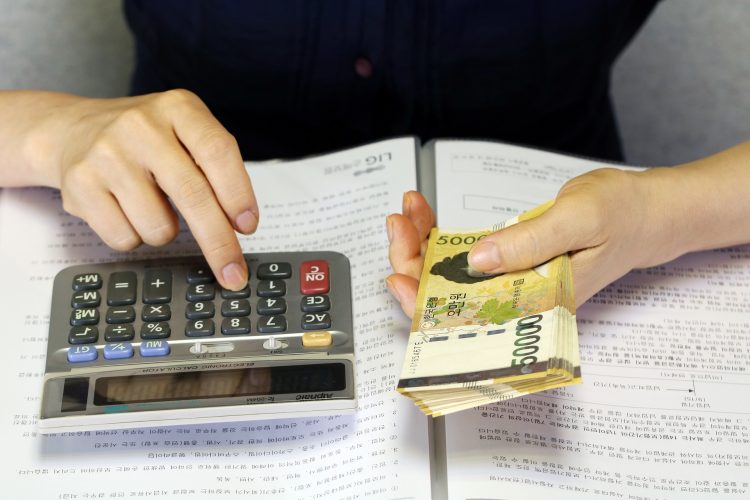
This year the Croatian economy is expected to grow by 3.4%, the employment rate should increase by 1.5% and inflation might reach 6.1% due to increases in energy and food prices, the European Commission says in its Spring 2022 Economic Forecast, released on Monday.
“After a strong rebound of the economy in 2021, with a growth rate of 10.2%, GDP growth in 2022 is expected to be more modest but still solid at 3.4% as the direct exposure of the Croatian economy to the effects of Russia’s military aggression against Ukraine is limited,” the Commission said in its report.
The Commission revised down its growth projection for Croatia from 4.8% predicted in the Winter Forecast, released on 10 February. As for the growth forecast for next year, the Commission retained its previous growth projection of 3.0%.
Croatia’s GDP is forecast to grow by 3.4% in 2022, mostly supported by domestic demand and as the labour market is expected to stay dynamic, with employment growing by around 1.5% this year. Inflation is projected to accelerate to 6.1% in 2022, driven by rising energy and food prices, before decreasing to 2.8% in 2023.
Before the Russian invasion of Ukraine, the Commission had forecast a long and strong recovery, but the war brought about new challenges at a time when the EU economy had recovered from the consequences of the COVID-19 pandemic. That’s why the Commission revised down its growth forecasts for EU economies and revised up its forecasts for inflation.
The Commission says that the fiscal package adopted by the Croatian government, including direct transfers to households and SMEs and cuts in indirect taxes, should cushion the effects of rising prices on disposable incomes and corporate profits. Despite this further fiscal support to the economy, the sustainability of the key fiscal figures is expected to continue improving, with the general government deficit narrowing toward 1.8% of GDP and public debt to around 73% of GDP by 2023. In 2023 GDP is expected to grow by 3.0%.
Private consumption is forecast to grow by 2.4%, lower than previously expected, due to rising consumer prices and uncertainty, which increases precautionary savings. On the other hand, the implementation of the National Recovery and Resilience Plan (RRP), and the acceleration of post-earthquake reconstruction should push investment growth to 6.5%, despite the drag induced by the rising costs of materials, supply bottlenecks and increased uncertainty.
Government consumption should retain its positive contribution to economic growth, with a growth rate of around 2.5%.
Exports of goods are expected to be affected by weaker demand in main trading partners, but the growth rate should remain solid, at around 5%. The growth of exports of services should be mostly driven by tourist activity, which is expected to converge towards pre-crisis levels.
Imports are projected to increase in line with final demand.
“The balance of risks to the forecast is tilted to the downside, with key negative risks stemming from the rising global uncertainties and commodity price shocks, which could affect both domestic and external demand. On the upside, the envisaged euro adoption in 2023 could benefit investments and trade, while RRP-related investments and reforms, if swiftly implemented, could more rapidly increase the growth potential of the economy,” the Commission said.
After peaking at 7.6% in 2021, the unemployment rate is projected to gradually decline below 6.5% by the end of 2023.





Kakvo je tvoje mišljenje o ovome?
Budi prvi koji će ostaviti komentar!